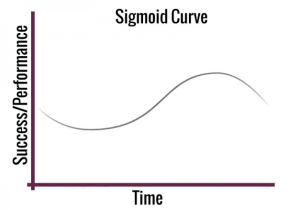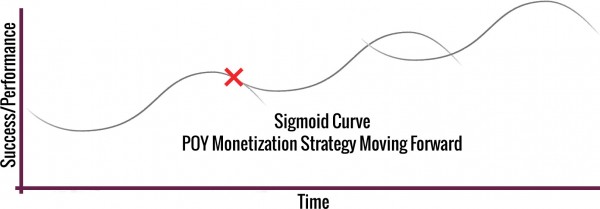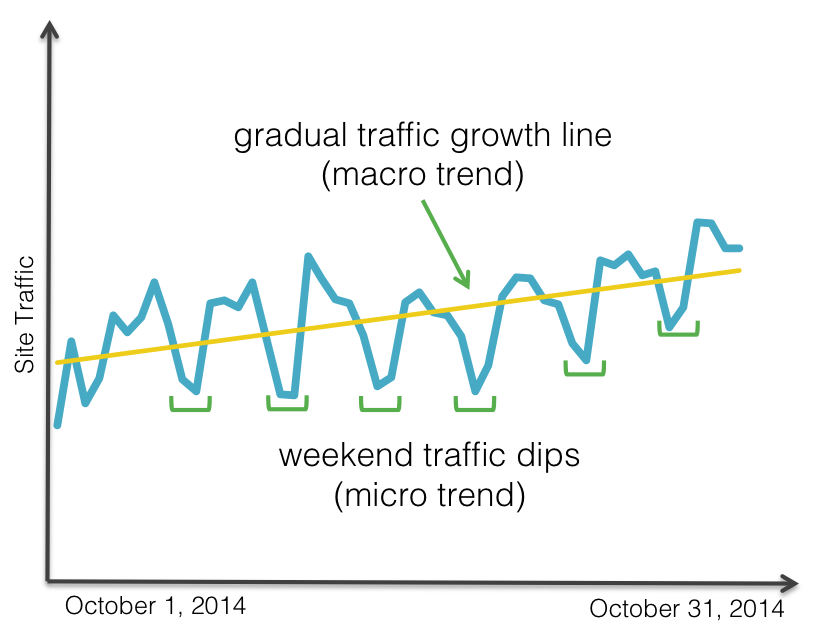The online publishing community thrives when great ideas are shared, evolved and acted on. Chances are when one publisher does something well, that same principle can be adopted by others. We’re constantly on the lookout for new ideas that we can adapt and turn into actionable items. The beauty of the online publishing community is its participant’s willingness to share lessons learned. One great example of that is Pinch of Yum (we like to call them Lindsay and Bjork), a professional food publisher who is always eager to improve.

Monthly Traffic & Income Reports from PinchofYum.com
One of the many reasons why Pinch of Yum is so unique is the fact that they publish monthly Traffic and Income Reports where they dive into what’s going on behind the scenes, like how their revenue breaks down by percentages, cool new tools they found that their publishing friends might like, or even something as simple as defining industry terms for emerging publishers.
In last month’s report, Bjork uses The Sigmoid Curve to explain Pinch of Yum’s business strategy and how make sure your blog/company/product is always trending up and to the right.

Sigmoid Curve Example from PinchofYum.com
Bjork of Pinch of Yum explains, “The Sigmoid Curve can be used to help conceptualize a weird phenomenon that we all know exists (but don’t necessarily know why): In order for a business (or a musician or non-profit or church) to sustain growth it needs to embrace change and the possibility (probability?) that it will need to leave what’s working in order to start something new and avoid the inevitable decline.”
This excerpt from a post on dumblittleman.com (he’s actually pretty smart) does a great job of explaining this:
“Successful individuals and organizations are self-reflective and constantly monitor their own position on the Sigmoid Curve. However, to be truly successful is to go even further – it is to jump off the current curve when it is nearing its peak and start on the bottom of another curve. This can be very hard to do, because just as you are reaping the rewards of your work and application, you find yourself at the bottom of another learning curve. This entails more pain, since growth always involves pain to some degree. It doesn’t appear to make sense to change just as you are doing so well, reaping the rewards of your efforts. There is even, perhaps, a sense of loss – why throw away something which is mature and bringing a reward for something untested and new?”
Here’s what the curve will look like as Pinch of Yum continues to shift and augment their monetization strategy. They assume that each pivot point in their strategy will potentially come with a dip in site performance as they and their readers adapt to changes.

Monetization Strategy Sigmoid Curve from PinchofYum.com
The post goes on to talk about their monthly traffic report, as well as overall CPMs and tips and tricks for new publishers. We highly recommend you check it out.
Steps for Interpreting Your Own Sigmoid Curve
- Identify your metrics for determining success and performance. Think about the most important area of growth for your website and the most accurate way to measure it. This may include:
- New Users
- Overall Site Traffic
- Engagement Metrics (such as comments, social media sharing, etc.)
- Conversions (leads, mailing list signups, etc.)
- Revenue
Choose just one of these metrics to start so that you can focus your efforts and aren’t confused by several data sets. After you have finished your first analysis, try it again on a different performance metrics.
- Select a relevant period of time for your analysis. You may choose to start from day one of your website, or base it on other large milestones of your site. If your site is relatively new, start from day one. For sites that have a bit more tenure, first do an analysis from the inception date of your site and then do smaller time period analysis if the curve is wacky.
- Look at large trends, not small ones. If you are familiar with your site analytics, you are aware that there are micro-trends in data. Your traffic may dip on the weekend, for example. Know these micro trends and don’t let them sway your larger snapshot of performance. Using the slope line of a graph instead of the actual data line can help neutralize micro trends.

- Figure out why certain trends are occurring. This is the hardest part. It’s unlikely that your Sigmoid Curve will look as smooth and easy as the examples above. If you find that your growth is more positive than expected, you need to figure out why and how you can continue to replicate this trend. This is a good time to do some additional analysis into other performance metrics and see if they mimic the same trend. Inconsistencies here can help you pinpoint the issue. On the contrary, you may find that some of the valleys in the curve are deeper or longer than expected, or take longer to recover from. In this case, you will need to do some further study on these inflection points. Start by mapping out the major changes you have made that correlate to changes in the graph. Google Analytics is a fabulous tool in this respect – you can even annotate your data to include significant changes so that you can view them against the curve. User surveys are also a helpful starting point; utilize your own reader base or get help from fellow publishers to give you unbiased feedback about your site.
- Be strategic about change. A foundational best practice of digital marketing and publishing is to make changes with a plan. When you analyze your Sigmoid Curve, you may be tempted to make a batch of sweeping changes to the site. Not only will this make it hard for you to later interpret which changes were successful or not, it can also be disruptive to your readers’ experience. When you can, split test all design and interface changes before moving in one distinct direction. When it comes to monetization, implement new tools in cycles: deploy, test, review; deploy, test, review. Most importantly, do some forward thinking about the impact your changes may have on site performance. When you can, preemptive user feedback and testing is fantastic prior to large site and strategy changes.
At the end of the day, it’s all about identifying potential areas for growth and being open to the possibility (probability) of change. If you can successfully pinpoint your areas of potential growth, identify your goals and a plan to achieve those goals, and eventually act on them, there’s no reason why you can’t continue trending up and to the right.

